The Ashmolean Museum, Oxford
In England, is the world’s first university museum. Its first building was erected in 1678–1683 to house the cabinet of curiosities that Elias Ashmole gave to the University of Oxford in 1677. The museum reopened in 2009 after a major redevelopment. In November 2011, new galleries focusing on Egypt and Nubia were also unveiled. In May 2016, the museum opened new galleries of 19th century Art.
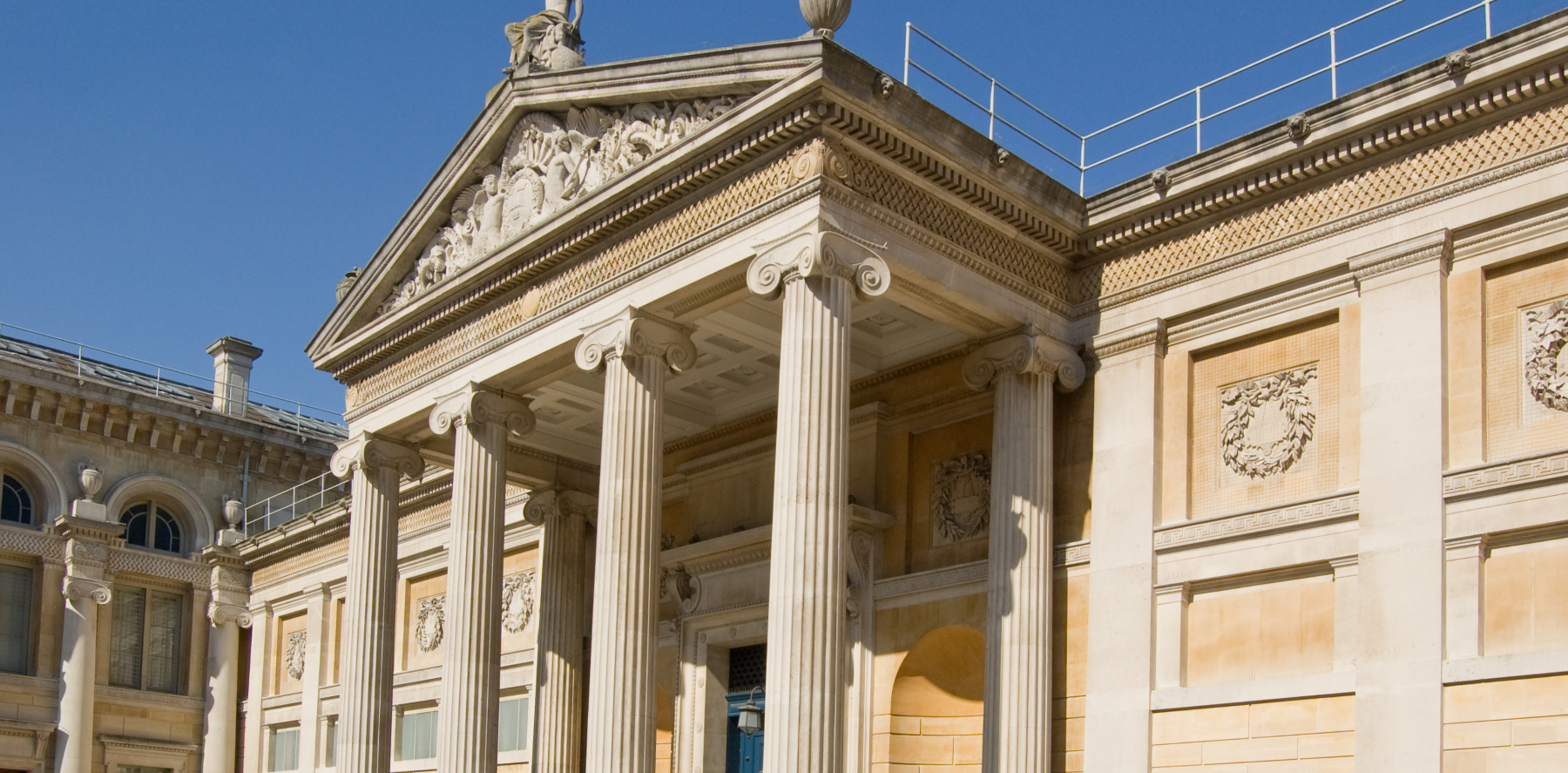
The Ashmolean
With the opening of its doors on 24 May 1683, the Ashmolean Museum provided a setting in which the private collection emerged into the public domain. Even the use of the term `Museum’ was a novelty in English: a few years later the New World of Words (1706) defined it as `a Study, or Library; also a College, or Public Place for the Resort of Learned Men’, with a specific entry for `Ashmole’s Museum’, described as `a neat Building in the City of Oxford’.
The collection presented to the University of Oxford by Elias Ashmole (1617-92) was in origin already half a century old by this time, having been founded by John Tradescant (died 1638) and displayed to the public (for a fee), first by him and later by his son John (1608-62) in their dwelling house at Lambeth, widely known as ‘The Ark’. The contents were universal in scope, with man-made and natural specimens from every corner of the known world.
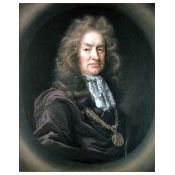
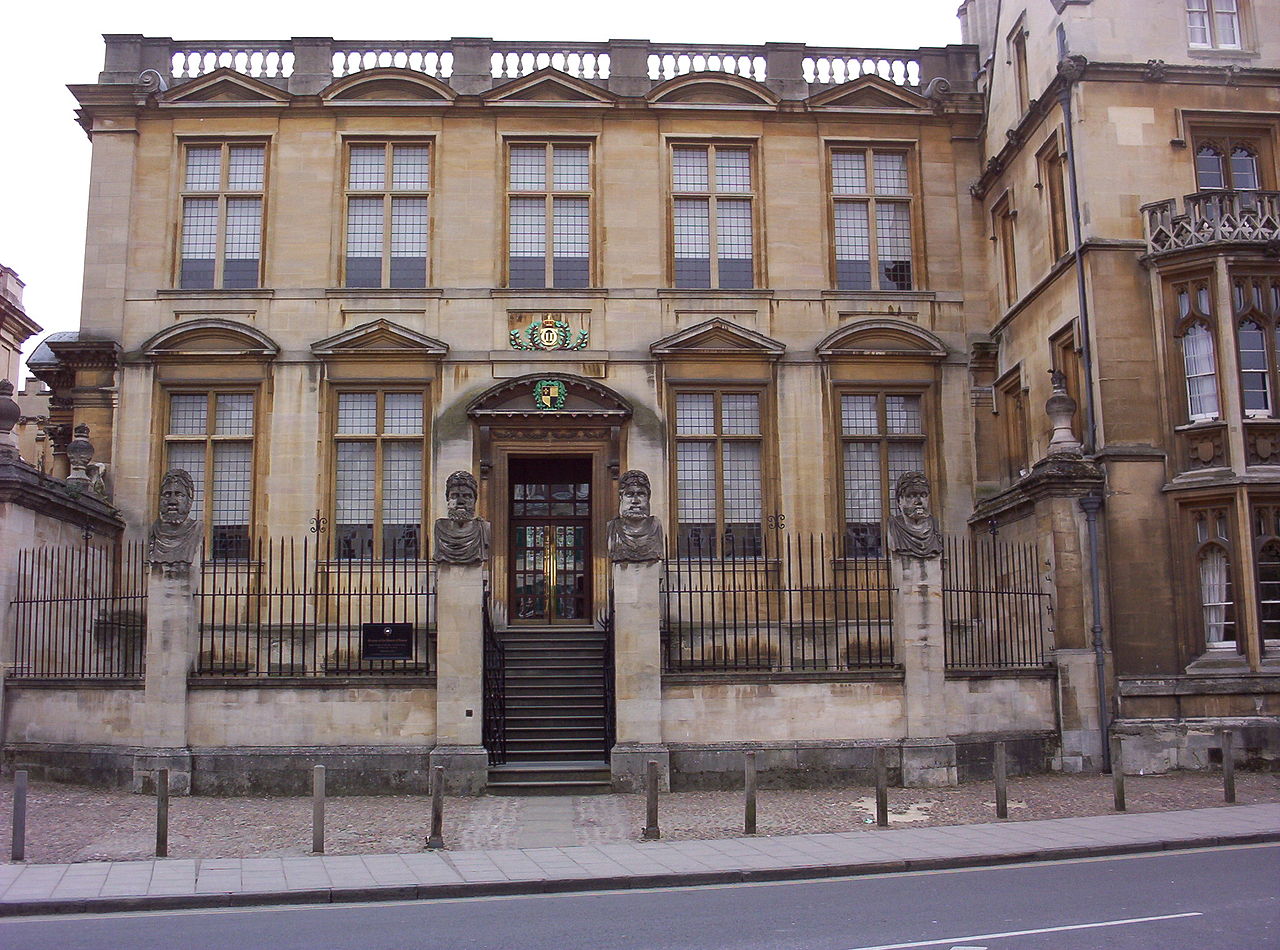
Ashmolean History
The collection includes that of Elias Ashmole, which he had collected himself, including objects he had acquired from the gardeners, travelers, and collectors John Tradescant the elder and his son, John Tradescant the younger. The collection included antique coins, books, engravings, geological specimens, and zoological specimens — one of which was the stuffed body of the last dodo ever seen in Europe; but by 1755 the stuffed dodo was so moth-eaten that it was destroyed, except for its head and one claw. The museum opened on 24 May 1683, with naturalist Robert Plot as the first keeper. The first building, which became known as the Old Ashmolean, is sometimes attributed to Sir Christopher Wren or Thomas Wood.
After the various specimens had been moved into new museums, the “Old Ashmolean” building on Broad Street was used as office space for the Oxford English Dictionary. Since 1924, the building has been established as the Museum of the History of Science, with exhibitions including the scientific instruments given to Oxford University by Lewis Evans (1853–1930), amongst them the world’s largest collection of astrolabes.
The present building dates from 1841–45. It was designed by Charles Cockerell in a classical style and stands on Beaumont Street. One wing of the building is occupied by the Taylor Institution, the modern languages faculty of the university, standing on the corner of Beaumont Street and St Giles’ Street. This wing of the building dates from 1845–48 and was also designed by Charles Cockerell, using the Ionic order of Greek architecture. The main museum contains huge collections of archaeological specimens and fine art. It has one of the best collections of Pre-Raphaelite paintings, majolica pottery, and English silver. The archaeology department includes the bequest of Arthur Evans and so has an excellent collection of Greek and Minoan pottery. The department also has an extensive collection of antiquities from Ancient Egypt and the Sudan, and the museum hosts the Griffith Institute for the advancement of Egyptology.
The Tradescant’s involvement
By the time it passed to Ashmole by deed of gift, the Tradescants’ collection of miscellaneous curiosities had grown in scale and stature to the point where its new owner could present it to the University as a major scientific resource. So it was that the Museum opened in Broad Street under its first curator, Dr Robert Plot, as an integrated, three-part institution, comprising the collection itself, a chemistry laboratory for experimentation and teaching, and rooms for undergraduate lectures.
From the time of its opening the public was also admitted, a liberal measure that was by no means universally welcomed: one German visitor in 1710 expressed his displeasure at the presence of `ordinary folk’ in the Museum and surprise that the collection survived their attentions, `… since the people impetuously handle everything in the usual English fashion and … even the women are allowed up here for sixpence; they run here and there, grabbing at everything and taking no rebuff from the sub-custos’.

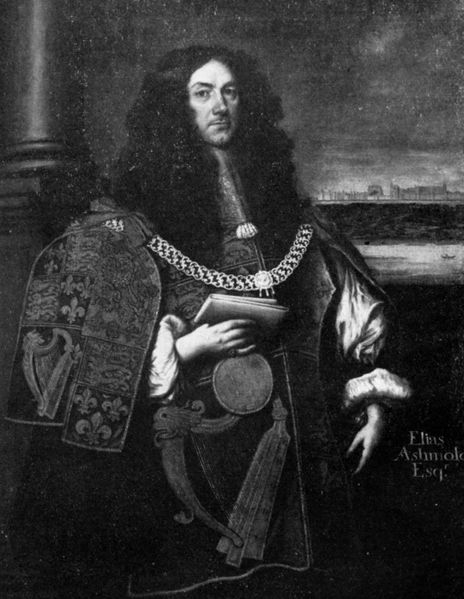
Museum Collections
In the course of the eighteenth century the bonds that linked the various elements of the Museum were progressively loosened, with the result that the collections of specimens lost a great deal of their academic relevance and played a diminishing role in the scientific work carried on in the Museum building. Important acquisitions during this time were few, with the notable exception of the Alfred Jewel (donated in 1718) and an important collection of ethnological materials collected on Captain Cook’s Pacific voyage of 1772-5 and presented by Johann Reinhold Forster and his son George, who had been official scientists on the voyage.
Meanwhile the inevitable processes of decay took their toll on the original collection, with the result that when John Duncan took office as keeper in 1824 he found that `the skins of animals collected by the Tradescant’s had fallen into total decay, that cabinets for those objects which were liable to injury from time were wholly wanting, and that the apartment dedicated to the exhibition of them had become much dilapidated’.
Under John Duncan and his brother Philip, who succeeded him in the keepership in 1829, the collections were comprehensively re-displayed according to the tenets of `natural theology’, with a declared purpose `to induce a mental habit of associating the view of natural phenomena with the conviction that they are the media of divine manifestation’.
Fresh natural history specimens were acquired in large numbers by the Duncan’s to this end and they made no bones of relegating the man-made `curiosities’ in the collection to a secondary role. The character of the Museum was established in this way until mid-century, when the University decided to establish a new Natural Science Museum (today the Oxford University Museum of Natural History), at which point all the natural history specimens from the Ashmolean were transferred to the new institution.
Expanding the Museum location
Having lost what had become the most important element of its collection (and losing too one of its floors to be used for University examinations), the Ashmolean was to find a major new role for itself in the emerging field of archaeology. The first major tranche of material of this kind had been received as early as 1827, when the Douglas collection of Anglo-Saxon antiquities had been presented by Sir Richard Colt Hoare.
In the decades that followed, important collections of contemporary material from local excavations were added, antiquities from Rome arrived by way of one of the keepers, J.H. Parker, and numerous pieces were purchased on behalf of the Museum in Egypt and the Near East by the Revd Greville Chester. With the appointment in 1884 of Arthur Evans to the keepership, the Museum was driven ever more energetically in this new direction: Evans offered to relinquish the important ethnological holdings to the newly founded Pitt Rivers Museum while demanding the centralization in the Ashmolean of other materials then held inappropriately in other University departments (most notably the entire coin cabinet housed in the Bodleian Library). Some 2,000 new acquisitions a year from Europe and the East Mediterranean were being made under Evans’s regime when the prospect of an even bigger coup presented itself – the acquisition of the collection of classical and Renaissance bronzes and maiolica belonging to C.D.E. Fortnum.
The original Ashmolean building simply could not cope with such an influx and Evans persuaded the University to erect new premises for the collection, built-on to the rear of the University Galleries, a handsome neo-classical structure in Beaumont Street in which the University’s art collections had been housed since its opening in 1845. The transfer of material to the new extension was completed in 1894 and in 1908 the two collections were merged to form the institution which survives in those premises to the present day, the Ashmolean Museum of Art and Archaeology.
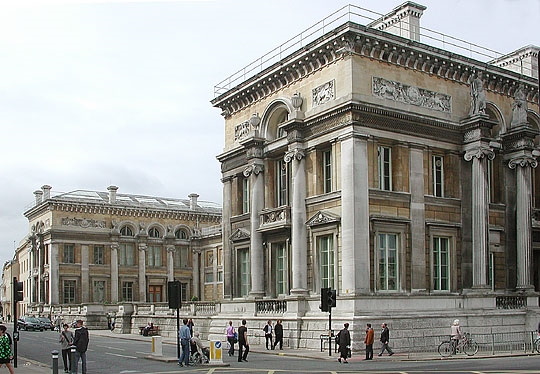

What’s at the Ashmolean
The Ashmolean Museum is the University’s museum of Art and Archaeology. The Ashmolean’s historic collections are an integral part of the University’s intellectual heritage, having played an important part in research and teaching for over 300 years. The Museum’s holdings reflect the development of material and intellectual trends in collecting over this period, and form a rich resource for both faculty members and students in the University.
The Ashmolean caters to undergraduate courses which reflect the Curators’ expertise in Archaeology and Anthropology; Prehistory, Egyptology and Ancient Near Eastern Studies; Classics, Ancient and Modern History; Classics; History of Art; Fine Art; and Islamic, Indian, Chinese and Japanese Art and Archaeology.
Through the Ashmolean’s University Engagement Programme, the collections have been increasingly deployed in teaching into a number of non-traditional subjects, through handling sessions, gallery seminars, and teaching collaborations with faculty members. The Museum’s collections have been used extensively to teach into all four Divisions of the University, in over 25 departments, and at all degree levels. Advanced postgraduates from a range of disciplines have produced student-led gallery displays, workshops, and symposia.
Source: Ashmolean
Website:
The archaeological collections, forming the basis of the present-day Department of Antiquities, now found themselves in the distinguished company of the paintings forming the founding collection of the Department of Western Art; additionally, both Departments were considerably enriched by the arrival of the Fortnum collection, mentioned above. The remaining Departments which complete the present-day structure of the Museum were added in the course of the twentieth century.
Source: Ashmolean.org
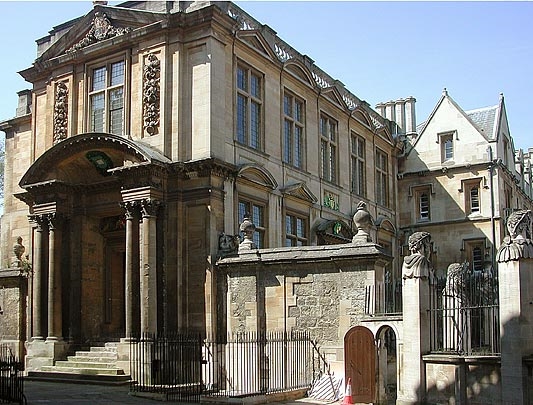
The Ashmolean 2015
In 1922 the coin collection from the Bodleian Library was transferred to form the Heberden Coin Room, initially within the Department of Antiquities but in 1961 being reconstituted as an independent department dedicated to coins and medals. The latter year also saw the formal removal to the Ashmolean of the Indian Institute collections, comprising first-rate Islamic, Indian, Chinese and Japanese material, to form the Department of Eastern Art. More information on each of these can be found by visiting the respective departmental web pages.
Sources: Wikipedia
